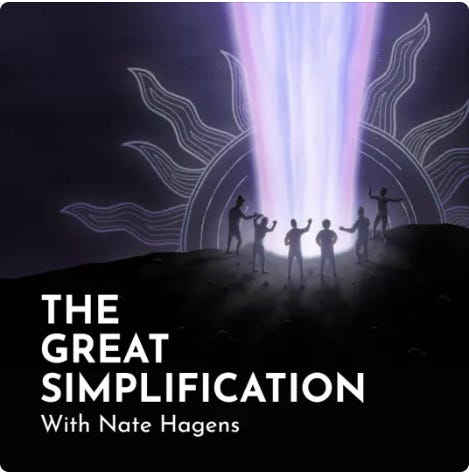Inclusion isn’t a ball in the act of juggling
In terms of an organization, inclusion is the act of juggling itself.
Here are two ideas from my book, Reconstructing Inclusion: Making DEI Accessible, Actionable, and Sustainable and other texts I leaned on in writing it. In addition, I’ve included one quote, a book recommendation, and a video or article that has inspired or influenced me and hopefully will resonate with you, too. (That’s ✌🏿+ 💡📚➕).
Page 33, 35
One leading innovation scholar, the late Harvard professor Clayton Christensen, wrote many books on innovation. The Innovator’s DNA, where he and his co-authors, professors Jeff Dyer and Hal Gregersen, discuss the behaviors that allow innovation to thrive at the individual and organizational level.
The Innovator’s DNA speaks to the behaviors that great innovators exhibit and codifies their behaviors that inherently require a willingness to be open to diverse perspectives from broad networks of people: 1) associating (the ability to make surprising connections across areas of knowledge, industries, even geographies); 2) questioning (crafting and asking skillful and probing questions to better understand what is and what might be); 3) observing (carefully watching what goes on near and far; seeing how things work and often how they do not work); 4) networking (devoting time and energy to finding and testing ideas through a network of diverse individuals); and 5) experimenting (generating data on what might work in the future). We could even call these behaviors of inclusion.
How much does this set of innovation skills get applied to DEI in your organization? How could they help your work make DEI accessible to all, unambiguously prioritized, and purpose/mission aligned?
Page 76
"Former Coca-Cola CEO Brian Dyson once gave a speech about work-life balance where he said, “Imagine life as a game in which you are juggling some five balls in the air. You name them—work, family, health, friends, and spirit—and you’re keeping all of these in the air. You will soon understand that work is a rubber ball. If you drop it, it will bounce back. But the other four balls—family, health, friends, and spirit—are made of glass. If you drop one of these, they will be irrevocably scuffed, marked, nicked, damaged or even shattered. They will never be the same. You must understand that and strive for balance in your life.”
I’ve heard many executives and public speakers use this juggling analogy from the former Fortune 100 CEO when describing how they seek to maintain a healthy life and work integration. Priorities are given to those things most critical to long-term success. Imagine organizations that use such an analogy. Less likely, perhaps, they encourage similar categories explicitly. Conversely, let’s assume that a firm’s glass and rubber props are about what we might label as business priorities (or systems if you may). That is, strategy, customers, talent development, innovation, lowering costs, and increasing profitability.
One could say, “These balls don’t seem to have ‘inclusion’ among them, so what is your point?” Inclusion isn’t a ball in the act of juggling. Inclusion, in terms of an organization, is the act of juggling itself.
Adjusting to accommodate the variation in the organization, knowing the complexity of each prop on its own, and at times being required to add props and various things needing to be balanced. Inclusion, when in action, is the system of keeping things in the air and sometimes knowing which things will bounce back and which things need to be temporarily placed on the table so that the right attention can be given to the other elements without irreparable consequences."
💡A Quote
“Ease is a greater threat to progress than hardship.”
― Denzel Washington
📚A Book
Photo Credit: Amazon.com
The Coddling of the American Mind by Jonathan Haidt, Greg Lukianoff
➕A Podcast
I hope this was helpful. . . Make it a great day! ✌🏿
In this episode of the ‘Reconstructing Inclusion’ podcast, we explore the current state of DEI, both within the United States and its global impact. While the U.S. has long been a significant influencer in DEI practices, recent developments have sparked debates about the direction and impact of these efforts. Some argue that the U.S. has been influential to a fault, while others believe there is room for more positive change.





